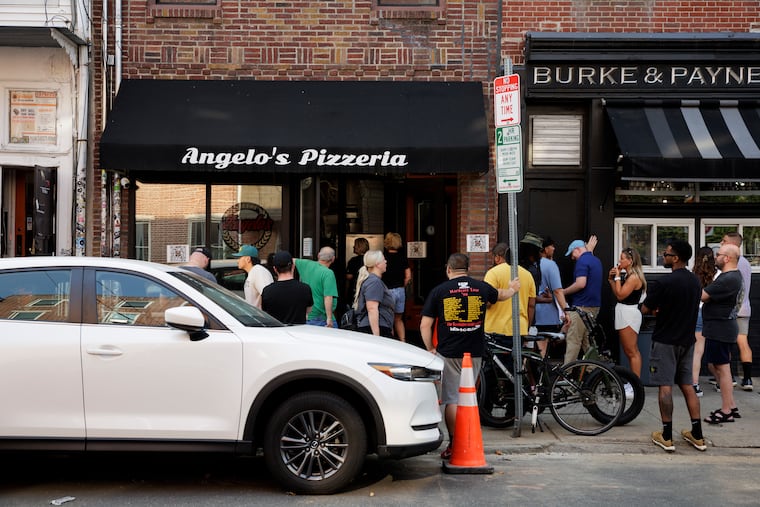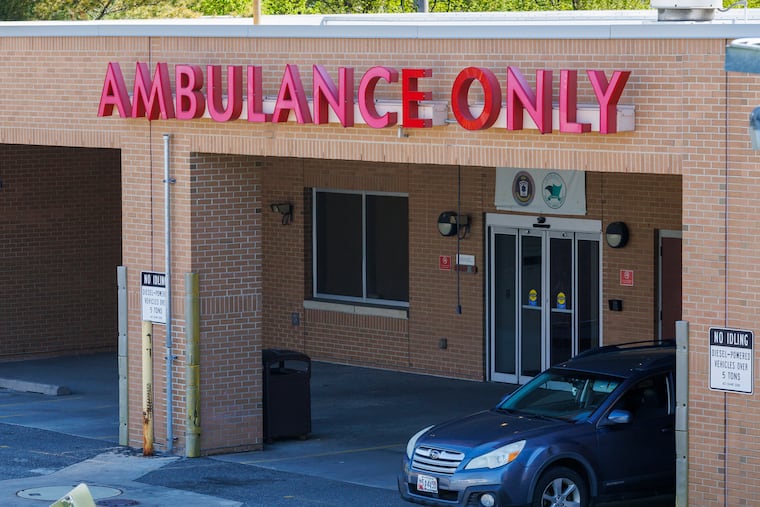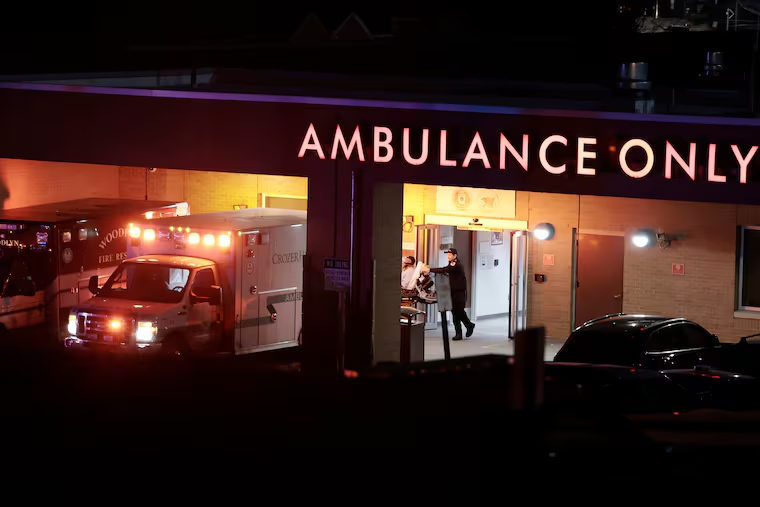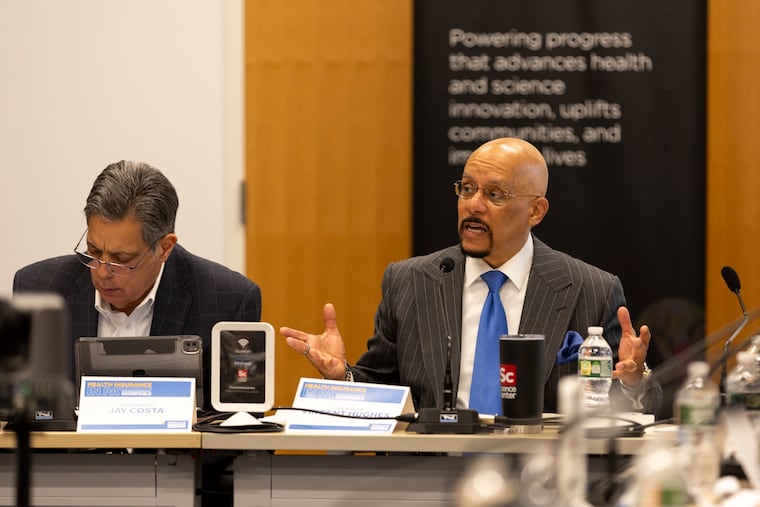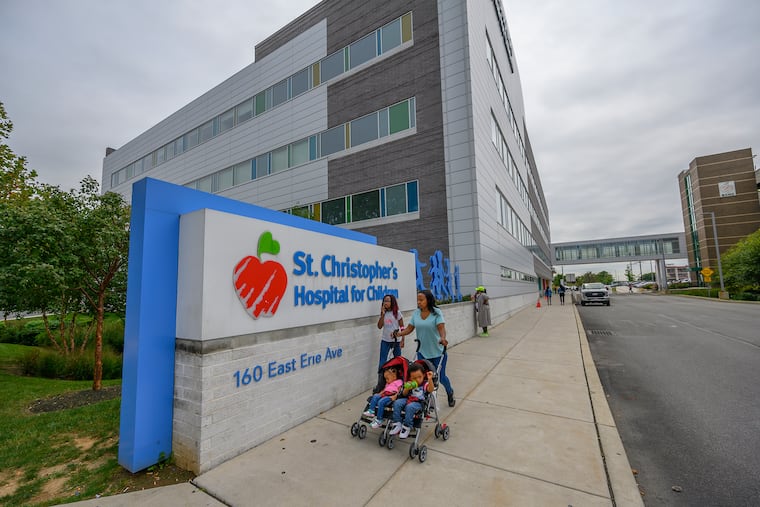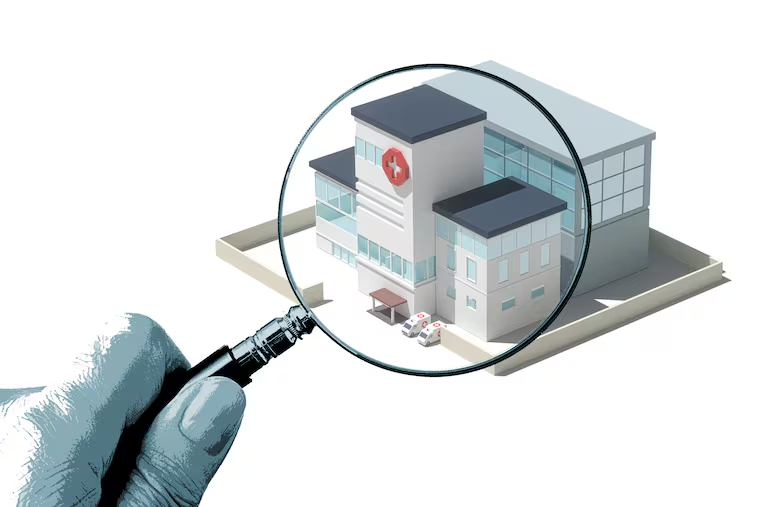One in 7 Latina girls in Philadelphia has attempted suicide, yet their struggles often remain invisible
“These kids are signaling something that if we don’t address, it will only get worse."
- Charges against a man were dismissed. Then a Philly police officer escorted him into ICE custody.
- Mount Airy’s top-rated restaurant is closing in September
- A Whole Foods in Philadelphia unionized in January. Now, the store is firing workers.
- Special education students in Central Bucks were abused, a disability rights group finds
- Phillies get swept by the Mets with a 10-inning defeat: ‘Got to flush this series, quick as possible’
Link copied to clipboard
Link copied to clipboard
Link copied to clipboard
JoNel Aleccia and Matthew Perrone, Associated Press
Link copied to clipboard
Sam Whitehead, Phil Galewitz and Katheryn Houghton, Tribune News Service
Link copied to clipboard
Kyle Melnick, Washington Post
Link copied to clipboard
Associated Press
Link copied to clipboard
Link copied to clipboard
Anna Claire Vollers, Tribune News Service
Link copied to clipboard
Sherri Becker, For The Inquirer
Link copied to clipboard
Kymberlee Montgomery and Mary Ellen Smith Glasgow, The Conversation
Link copied to clipboard
Gretchen Reynolds, Washington Post
Link copied to clipboard
Link copied to clipboard
